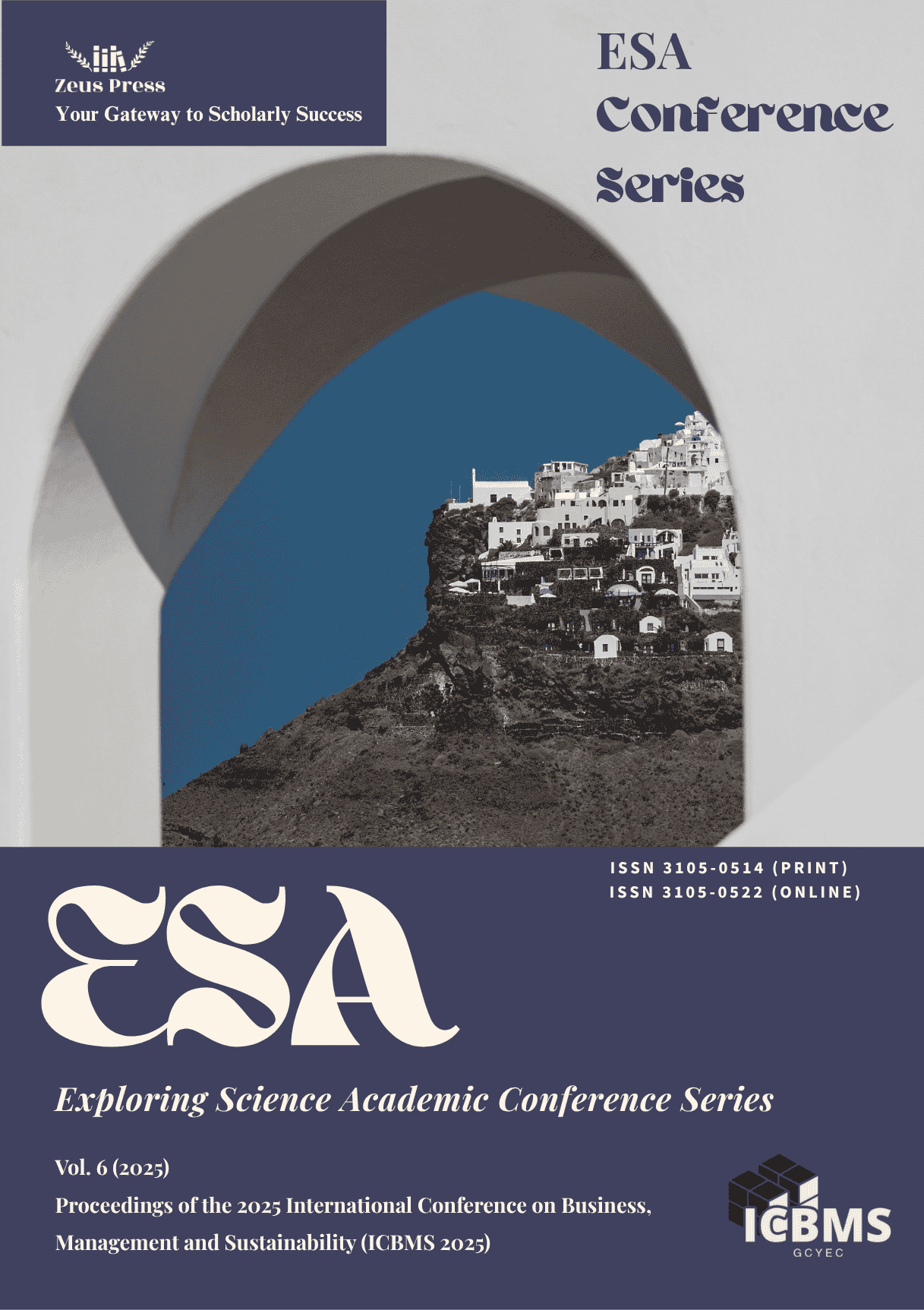Does green fiscal policy promote the sustainable development of urban economic benefits?—— Using twofold difference model analysis
Main Article Content
Keywords
Green fiscal policy; economic‒environment coordination; multistage DID; spatial heterogeneity; two-carbon target
Abstract
In recent years, the carbon peaking and carbon neutrality strategies have been continuously promoted. As a key policy tool to coordinate high-quality economic development and ecological environment governance, the efficiency evaluation and optimization path of green fiscal policy has important practical significance for the sustainable development of urban economic benefits. In this study, a multistage dual difference model was constructed. On the basis of the panel data of 283 prefecture-level cities from 2015--2023, environmental total factor productivity (GTFP) was innovatively introduced as a comprehensive evaluation index to systematically investigate the dual economic‒environmental dividend effect of green fiscal policy. The study revealed that (1) through policy implementation, the average GDP growth rate of the treatment group increased by 0.82 percentage points, and the PM2.5 concentration decreased by 12.6%, indicating a significant double improvement effect; (2) through the intermediary effect of green technology innovation (contribution of 43.7%) and the regulation effect of industrial upgrading, the promotion effect on innovative cities (β=0.163) was significantly greater than that on resource-based cities (β=0.057). Combined with the deployment of the " five major articles" of the Central Financial Work Conference in 2023, this paper suggests building a three-dimensional optimization system of " policy tool-spatial adaptation-dynamic evaluation" and improving the long-term mechanism of green fiscal policy.


